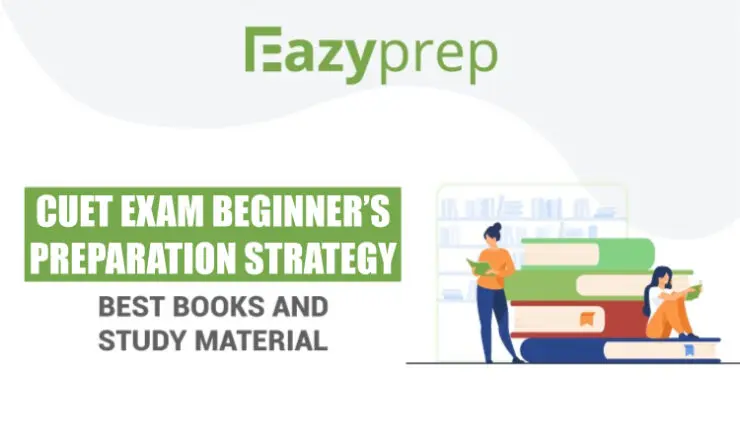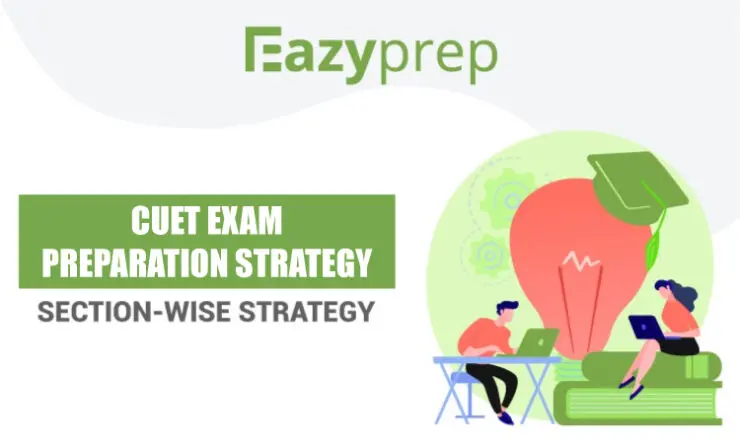![]()
CLAT legal aptitude is one of the topics that hold relatively a fair amount of weightage in the paper. CLAT or Common Law Admission Test is held every year around May. For the year 2021, CLAT is set to be held on the 9th of May. CLAT Entrance Exam is the means through which students can get admitted into the twenty-two National Law Universities in India and various other prestigious Law Universities India has to offer. The CLAT syllabus is broadly divided into five major topics, i.e.:
- English including Comprehension
- Mathematics
- General Knowledge and Current Affairs
- Logical Reasoning
- Legal Aptitude.

Let’s have a look at how one can prepare best for CLAT legal aptitude.
CLAT Legal Aptitude: The Pattern
- The first step of the preparation should be getting familiar with the pattern of the paper. Recently the Consortium of NLUs changed the CLAT exam pattern. In the new exam pattern, the questions were reduced from 200 to 150 and the syllabus was changed in a way that instead of testing the objective knowledge it now focuses more on testing a candidate’s critical and analytical thinking skills. CLAT legal aptitude section will include somewhere around 35-39 questions and has a 25 percent weightage.
- According to the new CLAT pattern this section will include four to five passages of 450 words each. These passages could be taken from legal journals, editorials, news articles, etc. These passages will then be followed up by questions that are based on the information provided in the passages that test a candidate’s application, interpretation, identification skills as well their ability to manipulate the given rules and information and understand how these particular principles can be altered according to the needs of different situations.

- The earlier paper tested a candidate’s objective knowledge where they had to learn all the facts. But this exam pattern will test their critical thinking, Therefore the candidates need to hone and develop their intellect, reading, and comprehension skills, as well as interpretation and logical reasoning skills as well.
- One of the most important things that the candidates need to work on is their ability to identify and understand the overarching theme of the passages and arguments presented to them. The candidates will first need to identify the theme of the arguments and counter-arguments. Only when they have identified the theme could they proceed ahead with the application of the information and principles given to them in the passages.
Preparation Tips and Tricks
Reading Comprehension
The one skill that could make or break this CLAT section is reading comprehension. The first and foremost step in the preparation for this section should be polishing one’s reading skills and comprehension. Candidates should develop good reading habits to improve their reading ability.
It is important that alongside reading a particular material they are also developing the skill required to understand the context and the meaning of text material provided to them.
To develop this skill, one should keep some time apart in a day to read. One must read newspapers, articles, editorials, reports, etc. to better prepare for this section. Developing fine reading skills will help one get through this section easily.

Study Material
Even though the pattern of presenting the questions has changed from the objective to the comprehensive passage style the syllabus remains pretty much the same. The questions asked won’t be direct but the pool of topics that the passage will be centred around has remained the same. One would need to be familiar with basic legal subjects.
Candidates need to read and learn about topics like polity, constitution, public policy, and moral philosophy. Instead of mugging up the facts, the candidates should focus on achieving conceptual clarity.
Sample Papers
Another way of familiarizing oneself with the exam pattern is to practise sample papers. Since the CLAT exam pattern has undergone a change the previous year’s question papers might not be as productive in preparing for this section. One should invest in accumulating books that cater specifically to the renewed syllabus pattern as well as download sample papers to get an idea of what lies ahead and what kind of questions to focus on.

The CLAT Legal Aptitude section can be aced if one formulates a well-rounded preparation strategy. Aside from being familiar with the exam pattern, one should also make themselves familiar with the syllabus pattern, relevant topics, and frequently asked questions. It is also important to evaluate one’s strong and weak points and form a schedule that helps one to manage time. Another skill to also work on is one’s time management skills. Keeping all these factors in mind one can easily get through this section. To check out further details about the preparation strategy for CLAT, take a look here.

